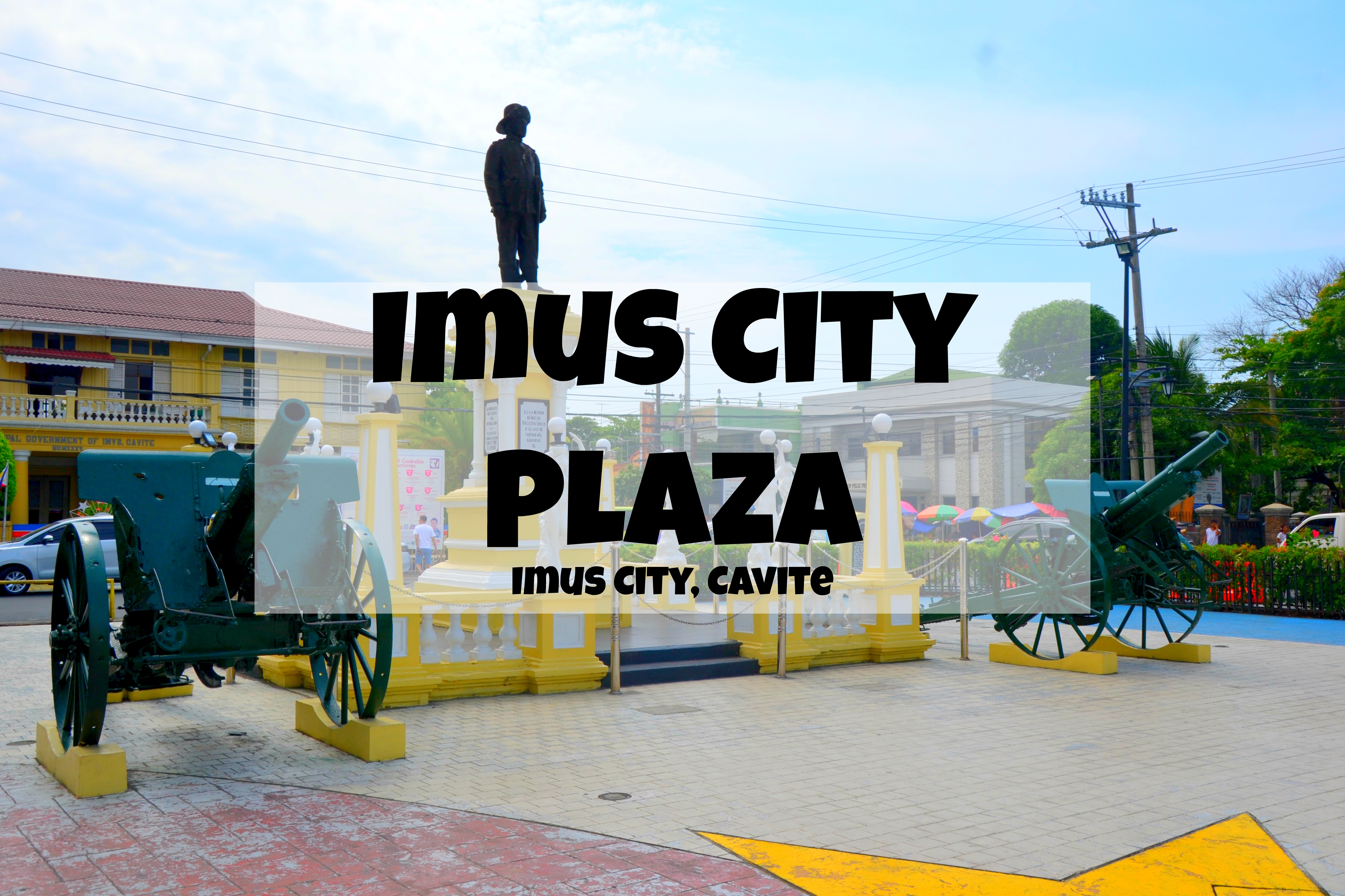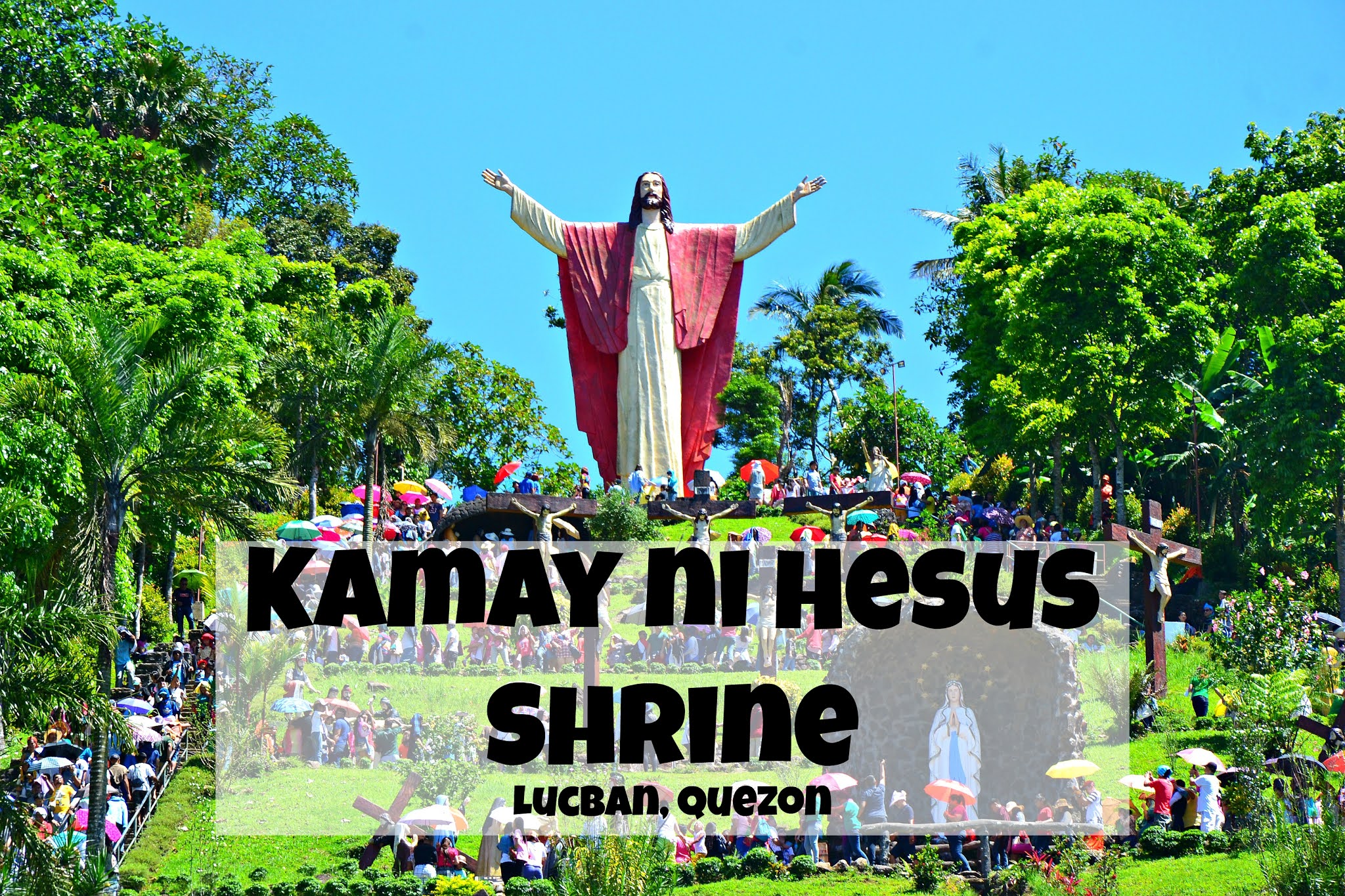Engaru Shrine - Hokkaido
Engaru Shrine (遠軽神社) is the main shrine of Engaru. It is located at 3 Miyamaecho, in the town of Engaru in Hokkaido Prefecture, Japan.
In July 1912, the village office instructed the shrine to offer prayers for Emperor Meiji's recovery from illness. Unfortunately, on July 30th of the same year, Emperor Meiji passed away, leaving the nation in mourning.
However, the setback did not deter the resilience and dedication of the local community. In 1916, an exquisite 3-3 square meter shinmei-zukuri shrine was constructed to honor the newly enshrined deity. The following year witnessed the addition of a 40-square-meter nare-zukuri worship hall, along with the donation of natural stone lanterns, elevating the shrine's grandeur.
The recognition of Engaru Shrine as a significant place of worship came on July 17, 1924, when the Ministry of Home Affairs granted permission for its establishment. Furthermore, on October 13, 2014, the shrine garnered even more prestige by being classified as a village shrine.
The commemoration of the 2600th year of the era marked another chapter in Engaru Shrine's history. In 1940, a new shrine building was erected, boasting an area of over 46 square meters. This magnificent shinmei-zukuri shrine building still stands tall today, showcasing the architectural prowess of the craftsmen who brought it to life. Additionally, various donations, including chozuya, pillars, torii gates, guardian dogs, and lanterns, adorned the shrine's sacred precincts, enhancing its aesthetics and spiritual aura.
The divine presence within Engaru Shrine is embodied by a pantheon of deities, including Amaterasu-sume-no-mikoto, Takehayasu-no-Mikoto, Hondawake-no-Mikoto, and Takemikazuchi-no-Mikoto. These revered deities watch over the land and its people, offering blessings for prosperity, health, and happiness.
Engaru Shrine, with its rich history and serene ambiance, encompasses a total shrine area of 247.5 square meters. As visitors step foot onto its sacred grounds, they are transported to a realm where time stands still and ancient traditions come alive. Whether one seeks solace, inspiration, or a deeper connection with the spiritual realm, Engaru Shrine serves as the ultimate sanctuary.
My family and I visited Engaru Shrine last September 18, 2022, during our September 17 – 18 Road Trip. It was my 321st day in Japan as an ALT under the JET Programme. My daughter and I didn’t miss visiting the shrine as part of our father-and-daughter tradition of visiting the main shrines of each municipality that we visited. During our visit, we offered some prayers and made personal wishes.
 |
| Engaru Shrine |
Engaru Shrine Details
The roots of Engaru Shrine trace back to the Russo-Japanese War in 1902 when an oak tree monument was erected within its precincts. This monument served as a symbolic gesture to enshrine the deity of Sapporo Shrine, the pioneering force behind Hokkaido. The purpose was to pray for the development of the region, the well-being of its residents, and victory in the war. Despite these noble intentions, fate had a different plan in store. |
| Engaru Shrine - Engaru town, Hokkaido Prefecture |
In July 1912, the village office instructed the shrine to offer prayers for Emperor Meiji's recovery from illness. Unfortunately, on July 30th of the same year, Emperor Meiji passed away, leaving the nation in mourning.
 |
| Engaru Shrine's main torii |
 |
| Engaru Shrine's chozuya |
However, the setback did not deter the resilience and dedication of the local community. In 1916, an exquisite 3-3 square meter shinmei-zukuri shrine was constructed to honor the newly enshrined deity. The following year witnessed the addition of a 40-square-meter nare-zukuri worship hall, along with the donation of natural stone lanterns, elevating the shrine's grandeur.
Engaru Shrine Main Hall
The recognition of Engaru Shrine as a significant place of worship came on July 17, 1924, when the Ministry of Home Affairs granted permission for its establishment. Furthermore, on October 13, 2014, the shrine garnered even more prestige by being classified as a village shrine.
 |
| Loyalty Monument (忠魂碑) |
The commemoration of the 2600th year of the era marked another chapter in Engaru Shrine's history. In 1940, a new shrine building was erected, boasting an area of over 46 square meters. This magnificent shinmei-zukuri shrine building still stands tall today, showcasing the architectural prowess of the craftsmen who brought it to life. Additionally, various donations, including chozuya, pillars, torii gates, guardian dogs, and lanterns, adorned the shrine's sacred precincts, enhancing its aesthetics and spiritual aura.
Engaru Shrine komainu
Throughout the years, Engaru Shrine has continued to evolve and thrive. In 1948, a portable shrine was contributed, adding to the shrine's cultural significance and allowing for vibrant processions during festivals. Recognizing the shrine's historical importance, renovations, and rebuilding efforts were undertaken in 2004 to restore the main hall and shrine office. These endeavors, which coincided with the shrine's 100th anniversary, aimed to preserve the shrine's legacy for generations to come.The divine presence within Engaru Shrine is embodied by a pantheon of deities, including Amaterasu-sume-no-mikoto, Takehayasu-no-Mikoto, Hondawake-no-Mikoto, and Takemikazuchi-no-Mikoto. These revered deities watch over the land and its people, offering blessings for prosperity, health, and happiness.
 |
| There is a mini shrine beside the Main Hall that reminds visitors of the famed torii gates of Fushimi Inari Shrine |
 |
| You can see numerous ema or prayer plaques displayed near the main hall |
Team Nicerio visits Engaru Shrine
 |
 |
 |
 |
My family and I visited Engaru Shrine last September 18, 2022, during our September 17 – 18 Road Trip. It was my 321st day in Japan as an ALT under the JET Programme. My daughter and I didn’t miss visiting the shrine as part of our father-and-daughter tradition of visiting the main shrines of each municipality that we visited. During our visit, we offered some prayers and made personal wishes.
Engaru Shrine Fees
It’s FREE to enter and explore Engaru Shrine grounds.Engaru Shrine Operating Hours
Engaru Shrine grounds are open 24/7. However, it is highly recommended that you visit in the morning as some parts of the shrine are not well-lit.Why visit Engaru Shrine?
As the seasons change and celebrations unfold, Engaru Shrine remains a steadfast guardian, nurturing the spiritual bond between the residents of Engaru and their cultural heritage. Its storied past and continued significance make it a must-visit destination for anyone seeking a glimpse into Japan's vibrant tapestry of faith, history, and tradition. Aside from that, if you collect goshuin, then don’t make sure to include this shrine in your itinerary.Getting to Engaru Shrine:
From Asahikawa City, ride the Kitami Special Rapid train of the Sekihoku Line. Board down at Engaru Station.
From there, the Engaru Shrine is about 850 meters away. It will take around 10 minutes on foot.
Travel time: 2 hours and 23 minutes
Fare: 2860 yen
From there, the Engaru Shrine is about 850 meters away. It will take around 10 minutes on foot.
Travel time: 2 hours and 23 minutes
Fare: 2860 yen
| Cleanliness |
| Overall rating |
 |



















Engaru Shrine is probably one of the most beautiful shrines that I have ever seen in your posts.
ReplyDeleteThank you! I think the autumn foliage added beauty to Engaru Shrine.
Delete